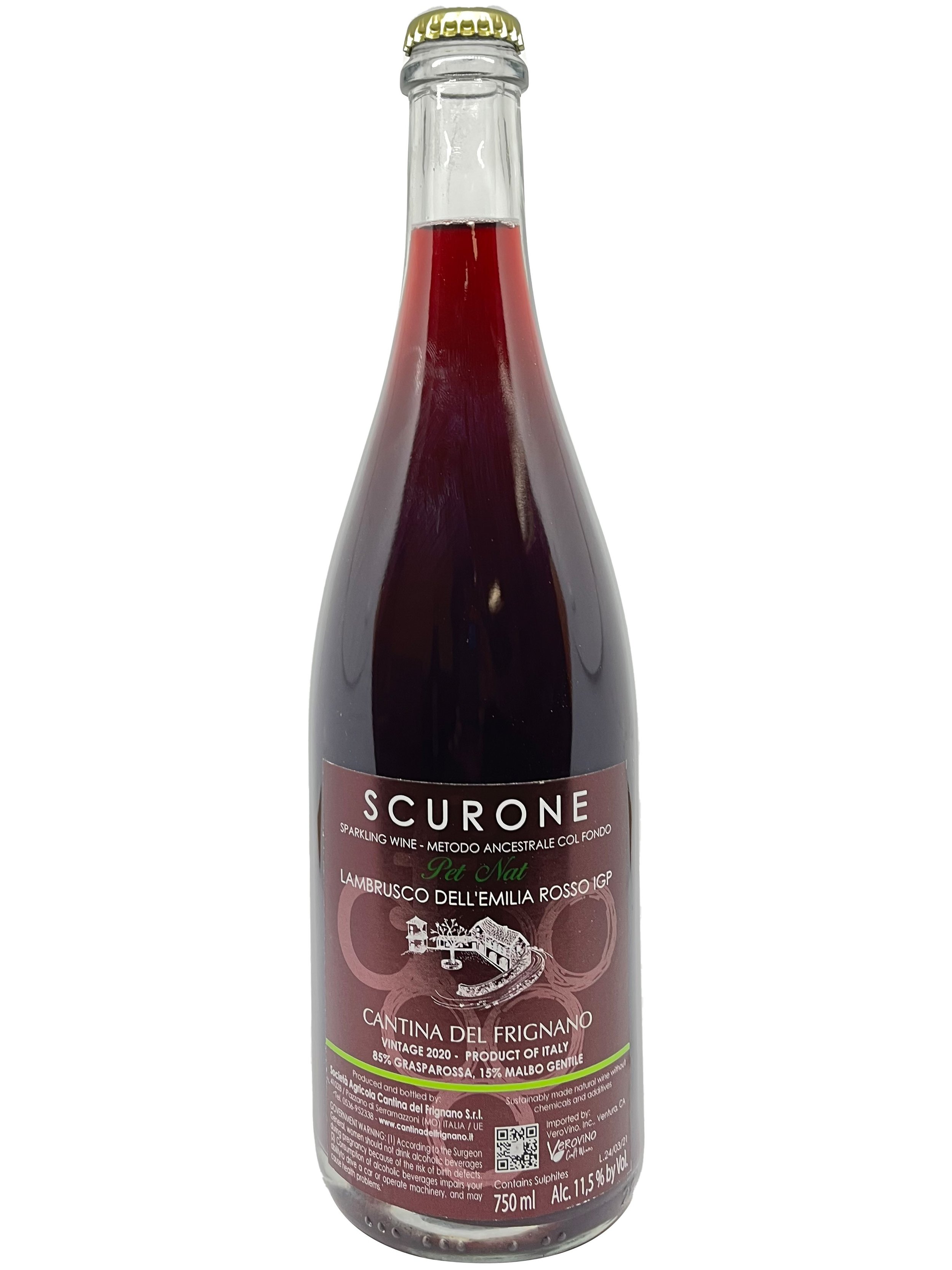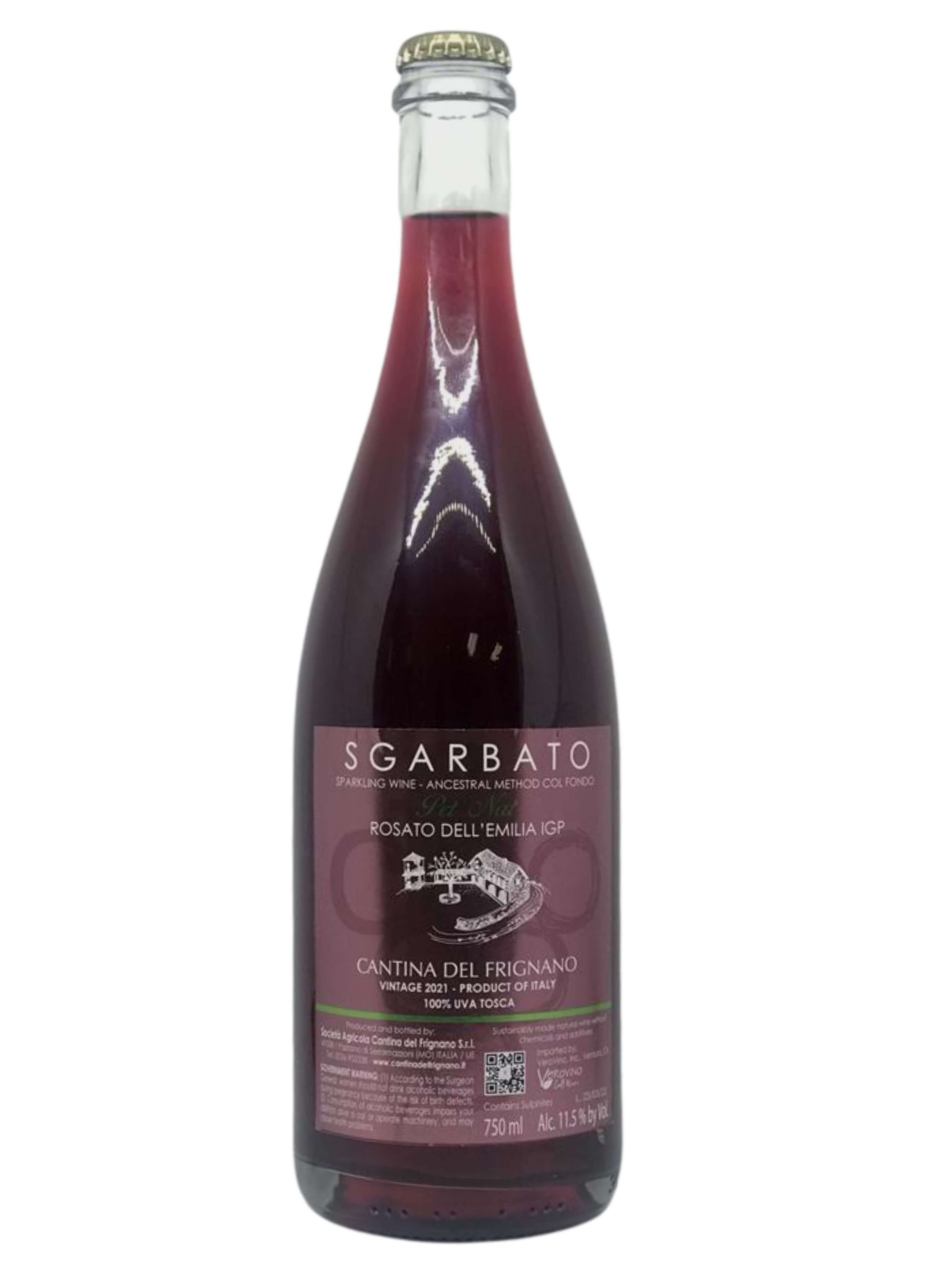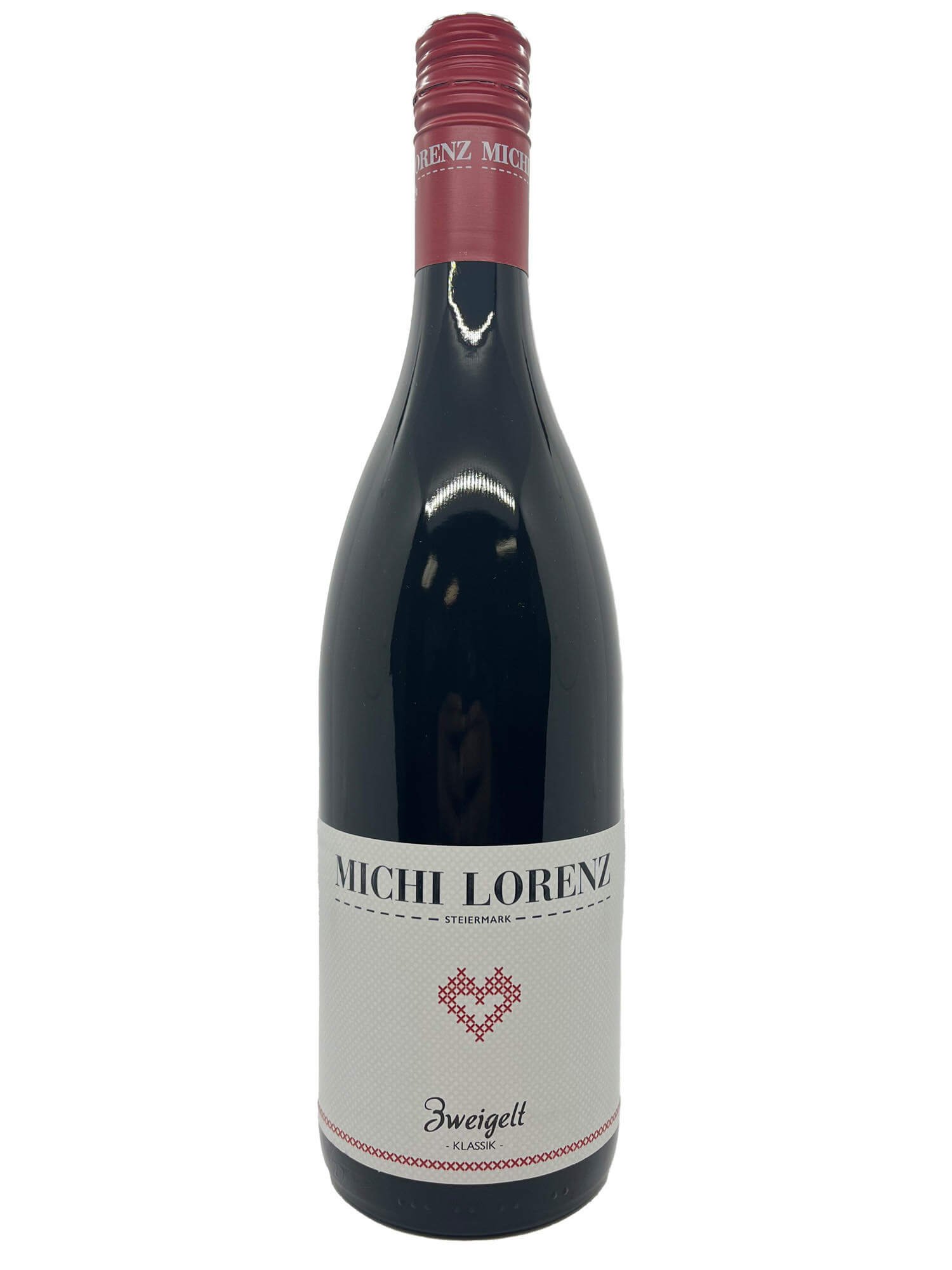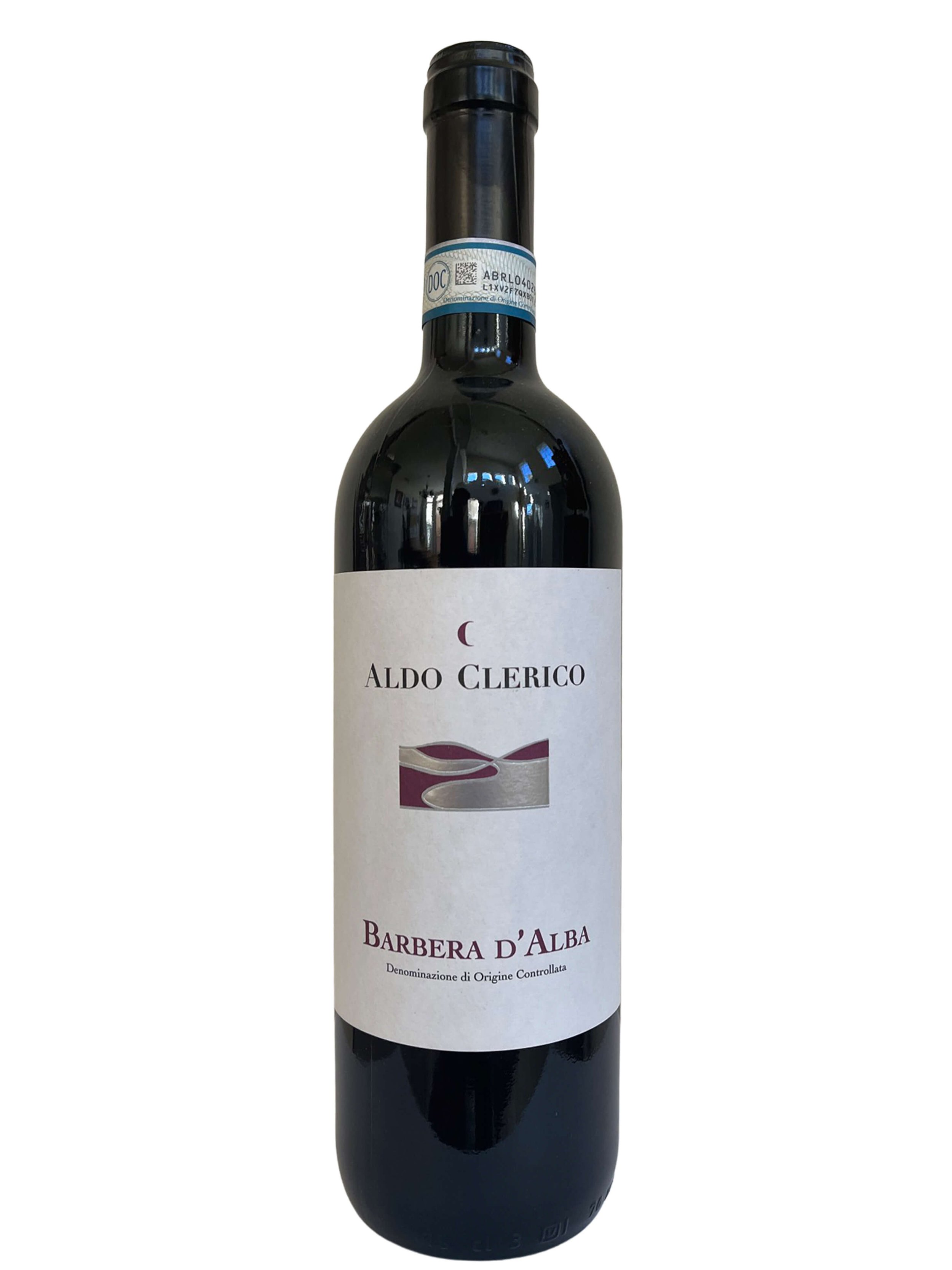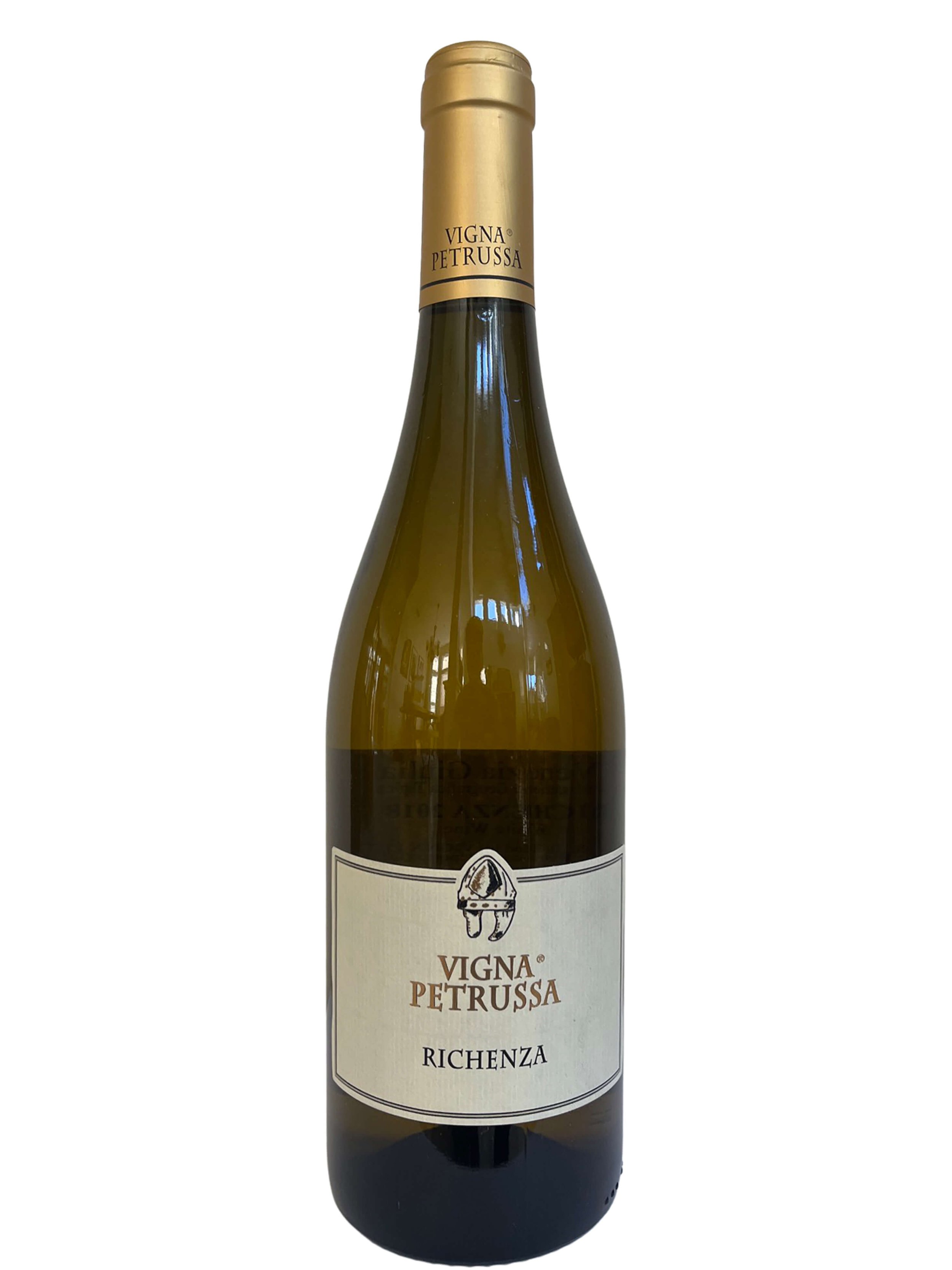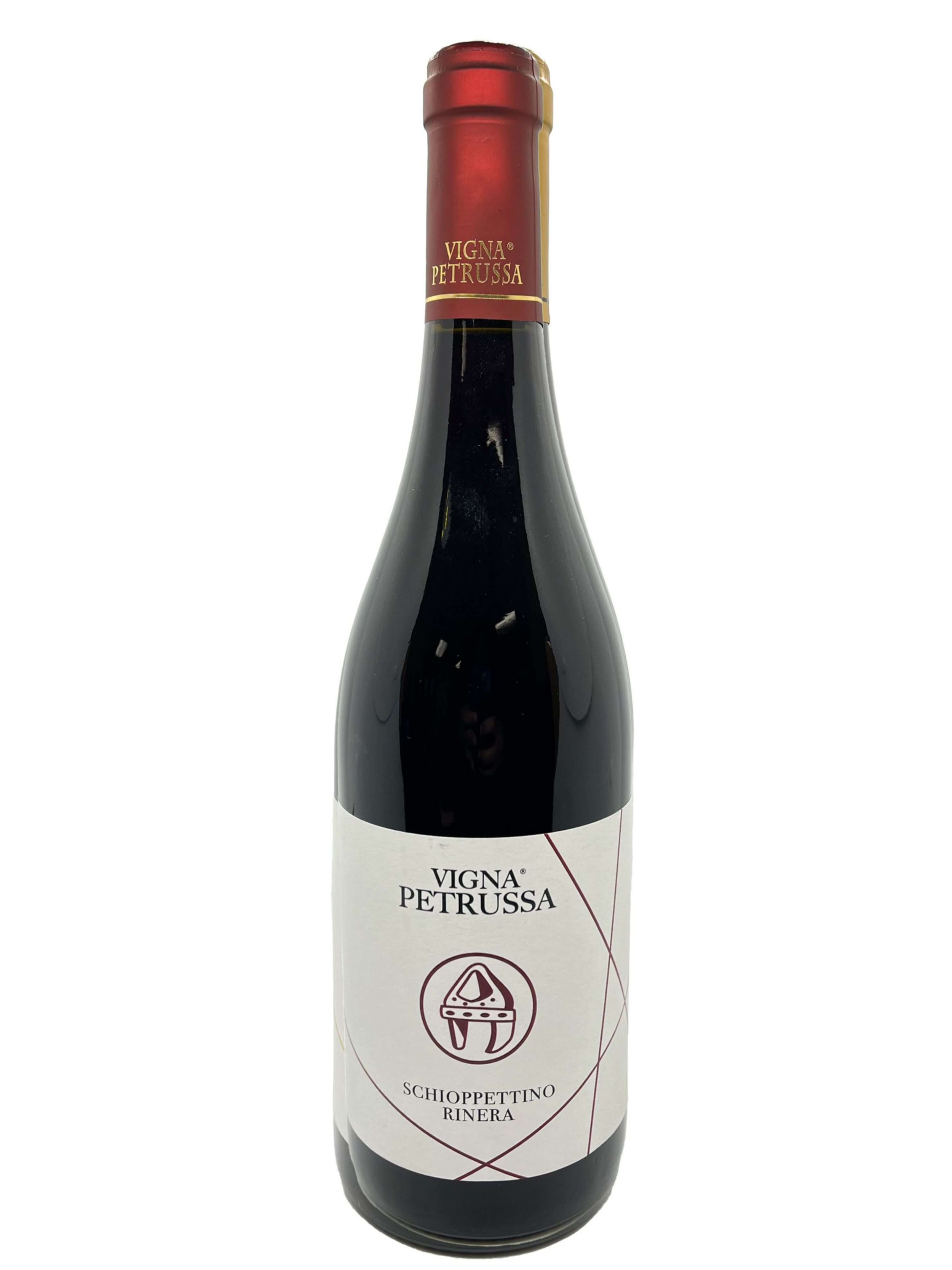5 Tips for Making a Killer Charcuterie Board
Do you remember when you were a kid and were judged by what you brought to lunch in the school cafeteria?
Now, as adults, when you host a party, there is that same pressure to perform and impress.
Charcuterie boards to the rescue!
They can be great eye candy, delicious and easy enough to make, and can last through a whole party without much of a mess or needing to heat and reheat. They are a great way to create a centerpiece or congregation area for a party and allow guests to munch, sip, and chat easily without active cooking by the host required. Plus these boards are a great way to free up a host: create them and set them out beforehand and you’re good to go!
While charcuterie boards may be having a moment, the tradition is age old, at least in Europe.
Let’s learn the important components to build the best charcuterie boards and give you some real-life actionable charcuterie board ideas when building your own creations, including what wine to serve.
Ready to get some charcuterie board ideas? Grab your plates and napkins and let’s dive in!
Charcuta-what?
Charcuterie (which the charcuterie pronounciation is shar-coot-er-ee), is a word from the French language, referring to a selection of cured, cooked, and prepared meats. Or basically, what we would think of as 'cold cuts’. In Italian, they refer to this selection as ‘salumi’. Here, take care to not confuse salumi with salami; salami is the typical round dried sausage found either whole to slice, or pre-sliced, while salumi refers to the entire category of foods. So, all salamis are salumi, but not all salumi are salami (try to say that tongue twister five times fast!). In Italy, these boards are not referred to as ‘charcuterie’, but rather 'tagliere’, referring to the wood cutting board used to serve the mix of meats and cheeses rather than the actual salumi.
Here’s why Instagram made charcuterie boards popular in the US…
As we think of it in America, a charcuterie board is simply the arrangement of various charcutiere/salumi/cold cuts with various accoutrements onto a wooden board, stone slab, plate, cutting board, or even directly onto a serving table, which, actually, is an American twist on the traditional European charcutiere board.
The exact origins of the charcuterie board are hard to pin down. It seems that the concept of a meal consisting of meats, cheeses and such slowly became a tradition, going back at least to the Medieval times and perhaps from Roman times. With European tables serving boards with cheese and cold cuts since then, the charcuterie board in America began to take its modern form in the 1900s with American soldiers coming back from war after they were introduced en masse to serving European meats and cheeses in a way most Americans had not yet seen.
By the 1990s, the final metamorphosis of the charcuterie board was almost complete after an increase in importation of ‘fancy’ European food products. The most recent evolution, however, occurred thanks to Millennials who have entered into an age of more ‘sophisticated’ food experiences combined with their penchant to show their food creations on social media. All of a sudden, we’re seeing charcuterie boards popping up everywhere on Facebook, Instagram, and TikTok. While they may seem complex and intricate, these boards are deceivingly simple. With the right tips and tricks, they are quite easy to pull together.
So let’s get into how to build charcuterie board step by step.
Five Tips to Up Your Charcuterie Game
A well-crafted charcuterie board or tagliere can be not only a feast for the taste buds but also a feast for the eyes, and help to make any get together more interesting. The combination of different textures, colors, and flavors creates a delicious experience that encourages sharing and socializing. Playing with salty and savory meats, creamy and sharp cheeses, sweet and tangy condiments (and the wines to balance them all) contributes to a rainbow of tastes that makes these boards a great addition to any gathering or celebration. Whether enjoyed as an appetizer, a snack, or as the centerpiece for the evening, a charcuterie board can provide a delightful and filling menu item.
So, we have five tips for you to keep in mind when it is time for you to build your next board to make your building of a charcuterie board easy, let’s dive in!
Tip 1: Variety is the Spice of Life
As you may have guessed based on the original meaning of charcuterie in French, the foundation of a charcuterie board are your meats. We like to think of cheese as the ‘co-star’ to the meats on a charcuterie board. Afterall, a charcuterie board without salumi is really just a cheese board. That being said, it is important to think about the whole picture of flavors; having a good mix of meats and cheeses gives a nice variety to a board that allows guests to sample different flavors without getting… bored (yes, pun intended!).
A charcuterie board paired with a sample of VeroVino wines.
When building your charcuterie board, pick a different variety of meats and cheeses to place; don’t get all of the same kind. For example, pick a salt cured meat, a thick salami, and a dry aged meat (Bresaola, Strolghino salami, and Pata Negra cured ham are three such meats). By picking charcuterie board meats with different aging techniques and fat content, you create a variety of textures and flavors on your charcuterie board that balance and blend together. (Fun fact: a salami will have much more intrinsic fat content than a prosciutto, i.e., cured ham, or even lunch meat). You can think about ‘largeness’ as well; different types of salamis or meats can be cut in different widths or are inherently larger around than others; things like this can also help when decorating your board, allowing you mix and place different sizes around for artistic value.
This same principle goes when picking your charcuterie board cheeses: mix and match between different milks, aging, hardness, and added flavors. Get an aged Pecorino, a soft burrata mozzarella, and a young pepper jack for example.
By providing a well balanced variety of cheeses and meats on your board, you can also cover more flavor-bases for your guests without catering to any specific preference or style. A bit of variety means that guests will love to finish off your charcuterie board, tasting bits of this and bits of that… then returning to taste more of this etc. Which leads us directly into Tip Two…
Tip 2: Think Outside of the Cheese and Salumi Box
While cheese and meats may be the centerpieces of a charcuterie board, sometimes an overabundance of those rich flavors can be a bit much. After all, they are two food items that are normally fairly creamy and fatty, so it might be nice to have some different textures available for your guests right? There is a way to add even more variety to a charcuterie board: accoutrements, or as grandma says, ‘nibbles’.
This is where we get into really widening our food choices. It’s helpful to think about the different categories of foods. Go ahead and brainstorm, thinking about different starches (or carbs), crunchy bite-sized items, soft savory and sweet ‘bite-sized’ items, and savory and sweet spreads to add to your charcuterie board. Here are some examples:
Starches: Bread, crackers, foccacia, pretzels, crostini, chips (bonus tip, pick at least one starch that can be eaten with your cheese, meats, or spreads, such as picking large enough crackers to lay some salami and cheese on, alà lunchables!)
Crunchy Bites: Nuts, trail mix, pub mix, popcorn, pickles
Soft Bites: Sweet bites (Dried fruits, fresh fruits or berries), savory bites (olives, sun dried tomatoes)
Spreads and toppings: Pates, dips, honey, jellies/jams, mustards, sauces, extra virgin olive oils, tapenades
These are just some of the things one might find on a charcuterie board, but this is not an exhaustive list. The sky is really the limit here. Add what you love and what you think will go well together. Need some advice on what to put together? Then maybe you should consider tip three…
Tip 3: Pick a Theme… Any Theme!
All right, you are standing in the grocery store, looking at cheeses, meats, crackers, and nuts… but how on earth do you narrow down the options from thousands to just a few that will fit on your board? While you can just let your imagination run wild and fill your board with your favorite ingredients and whatever tickles your fancy, and let’s face it most of the time we follow that tack, another option when you are low on inspiration or perhaps attending a themed gathering is to pick a theme for your items. Is it a holiday party? Go sweeter with red, green and blue hues. Pasta night with friends? Pick Italian imported products or Italian herb seasoned items, Check out some in our YouTube video where Vero Chef & Sommelier Jacqueline Mitchell built an Italian themed board.
There are a lot of different options here on different ways to incorporate a theme, by color, flavor, or origin of products. And your theme could even be ‘what have I got in my fridge’ or ‘these are a few of my favorite things’. But, if you can do some advanced planning to craft a charcuterie board, from a theme, to what and where to buy your ingredients and how to lay out your board, even better.
Tip 4: Prepare by Planning
‘If you fail to plan you are planning to fail.’ These wise words came from Benjamin Franklin, and they are a great way to think about the art of building a harmonious charcuterie board. As you pick your theme, variety of meats and cheeses, and your accoutrements, think about not only artistry, but logistics too.
Consider the size of your board and serving platters, and think about how to lay things out. Don’t just throw stuff on there, place it, folding pieces of salami, sprinkling nuts in bare holes, and creating not only a delicious treat, but a beautiful tray. After all, they say you eat first with your eyes.
Of course, pretty is one thing, but logistics is another equally important. Here are some planning tips:
As you select your items, think about the weather, will it be hot or cold? For example, pick meats and cheeses that are maybe harder and less melty if you will be hot in the sun.
As you prep your pieces, think about where you guests will be: will they be standing and wandering around, or seated around a central table munching? Cut and slice your meats and cheeses into smaller easier to grab, more bite sized pieces for standing guests, or pick accoutrements that are easier to eat with one hand as they hold a plate.
Don’t clump one ingredient all in the same place, but in separate and multiple locations on the charcuterie board to allow guests to enjoy the bits and bobs of the board from all angles.
While every board has its own beauty, there is really no wrong way to build a delicious charcuterie board. Just keep in mind the visual ‘Instagrammable’ beauty of your board while also the practical matters involved with serving and your guests enjoying the board while still chatting and holding a glass of wine.
Offer an interesting variety of wines, like a Barbera red wine, a dolcetto from Piedmont Italy and a dolcetto red wine from California.
Tip 5: It’s Time to Add the Wine
Now to add the final finishing touch to your charcuterie board experience and complete the setting for your guests: what wine do you serve? There are a few different philosophies you can go here: Pairing or crowd-pleasing. And where the two intersect, now that is where magic happens.
When we talk about Pairing Wine and Food, or, even better, Cheese and Wine Pairings, you want to pick wines that go well with your fatty and creamy salumi and cheese. A general rule of thumb is that meats pair well with red wines, since the tannins help balance the fatty mouthfeel. That is why reds like a Dogliani Dolcetto wine, or even California Dolcettos are great pairing wines for cured meats. Look for reds with a naturally higher acidity such as a Barbera d Alba, Schioppettino or a Zweigelt. But also certain white wines work well with a charcuterie board, like white wines from Friuli, North Eastern Italy. A type of Italian Prosciutto comes from this area, that of San Daniele prosciutto, and it is traditionally paired with a Friulano and other whites from the region. Likewise, try pairings foods with other structured whites from Northern Italy, like a Lugana white wine.
There is also another strategy, which plays well with the social setting surrounding charcuterie boards, is to pick a wine with some bubbles. As we covered in this article about wine for Hanukkah, sparkling wine usually has higher acidity and creates a tactile sensation in your mouth which cleanses your palette, making them great wines to pair with the more creamy and fatty foods that usually garner a charcuterie board. Plus they are very sippable and fun!
A traditional go-to pairing with salumi and cheese in Italy is a red sparkling wine, like Lambrusco, which, besides being fresh and fruity, also has a touch of tannin to add an extra dimension. Lambruscos, like Frignano Scurone, have this great blend of tannins, acidity, fruit, and pleasant bubbles that not only make them great for gatherings, but also great to pair with a lot of the ingredients on a typical charcuterie board. Or, try other dry red sparkling winesm like the pet nat wine Frignano Sgarbato, made from the crisp mountain grape, Uva Tosca.
Try Your Hand at Crafting a Charcuterie Board
All right, feel ready to jump in and start creating classy, amazing charcuterie boards to start impressing everyone at your next get togethers? You can find wines like Dogliani, Lambruscos, and Barbera’s and so many more in our curated portfolio of small production, hard to find natural wines. Have fun with building your board with different ingredients and picking different wines to offer and pair. Add a really good organic extra virgin olive oil as well to spice things up. Seeing as charcuterie boards are usually served in social settings, follow our tips here to pairing foods with crowd-pleasing wines with your board.
For those of you that know our curation style, you know that we love to support small producers and bring you unique fun wines. And you can enjoy these curations by trying a selection of different wines and different winegrowers from our portfolio. We sell to both businesses and consumers across the US:
We are enlarging our network of distributors around the country. Reach out to us if you are interested in distributing our wines.
We sell to wine stores and restaurants in certain states - contact us if you would like more info.
We do corporate gifts and sommelier guided wine tastings. Email us and we’ll tailor unique and sustainable corporate gift ideas.
If our farm crafted wines and olive oils are not in your local shop or restaurant buy wine online here and we’ll ship it to you, including wine gift for Christmas, and we ship to most states.
We also have an award winning wine club for true wine explorers seeking to continually discover unique, sustainable and authentic small production wines they never had.
Let us know in the comments below your favorite things to put on a charcuterie board and what wines you pair with them!





